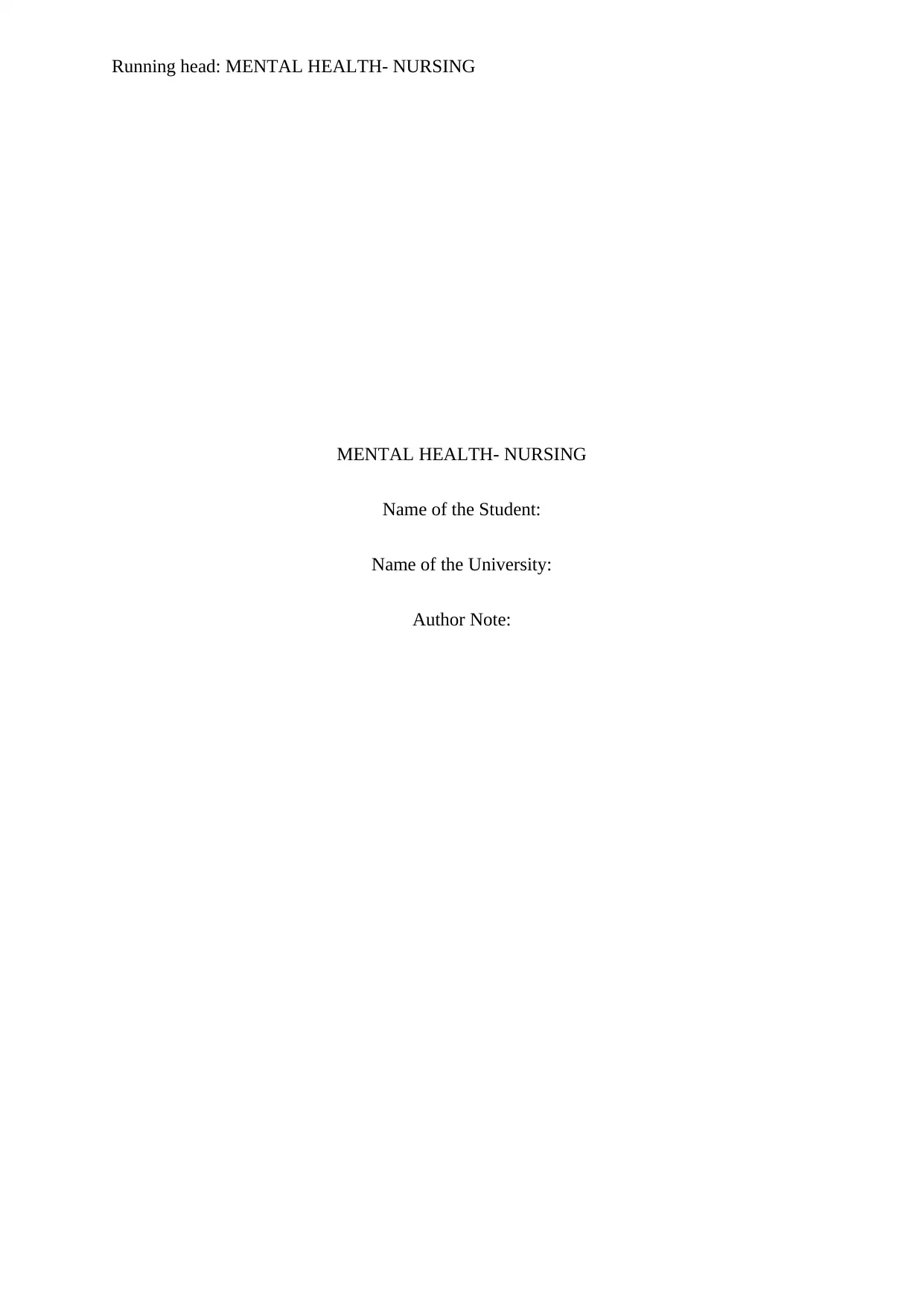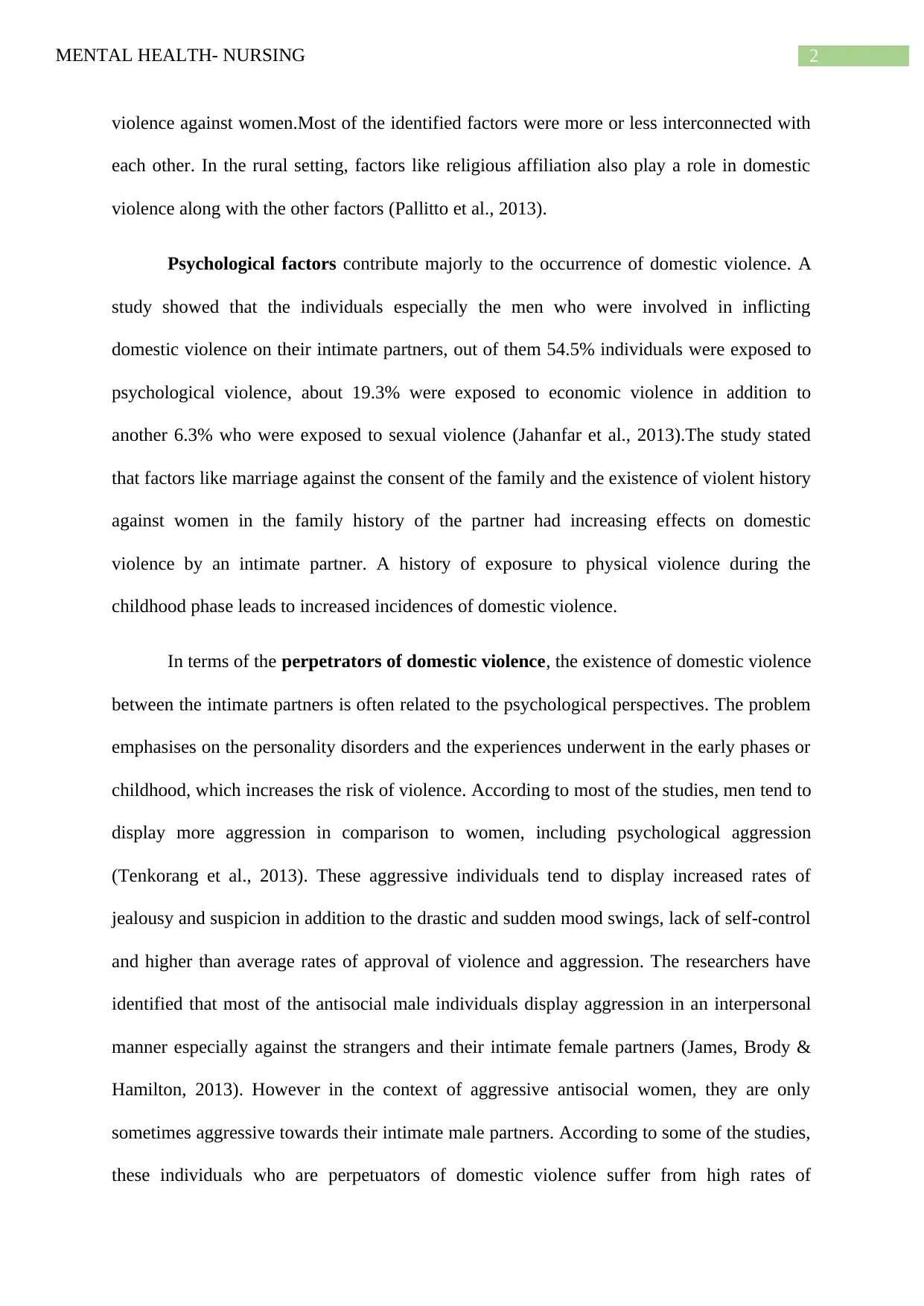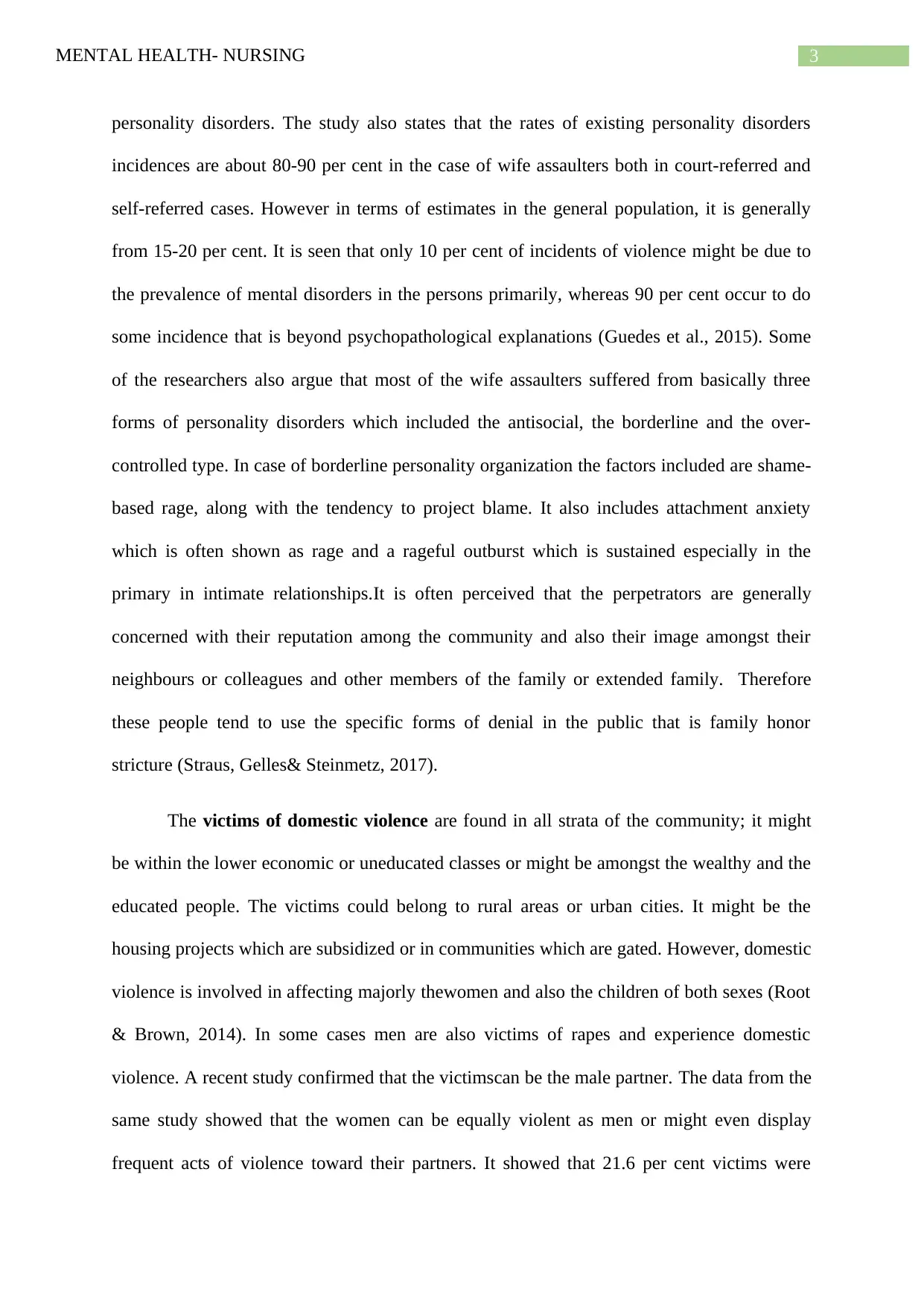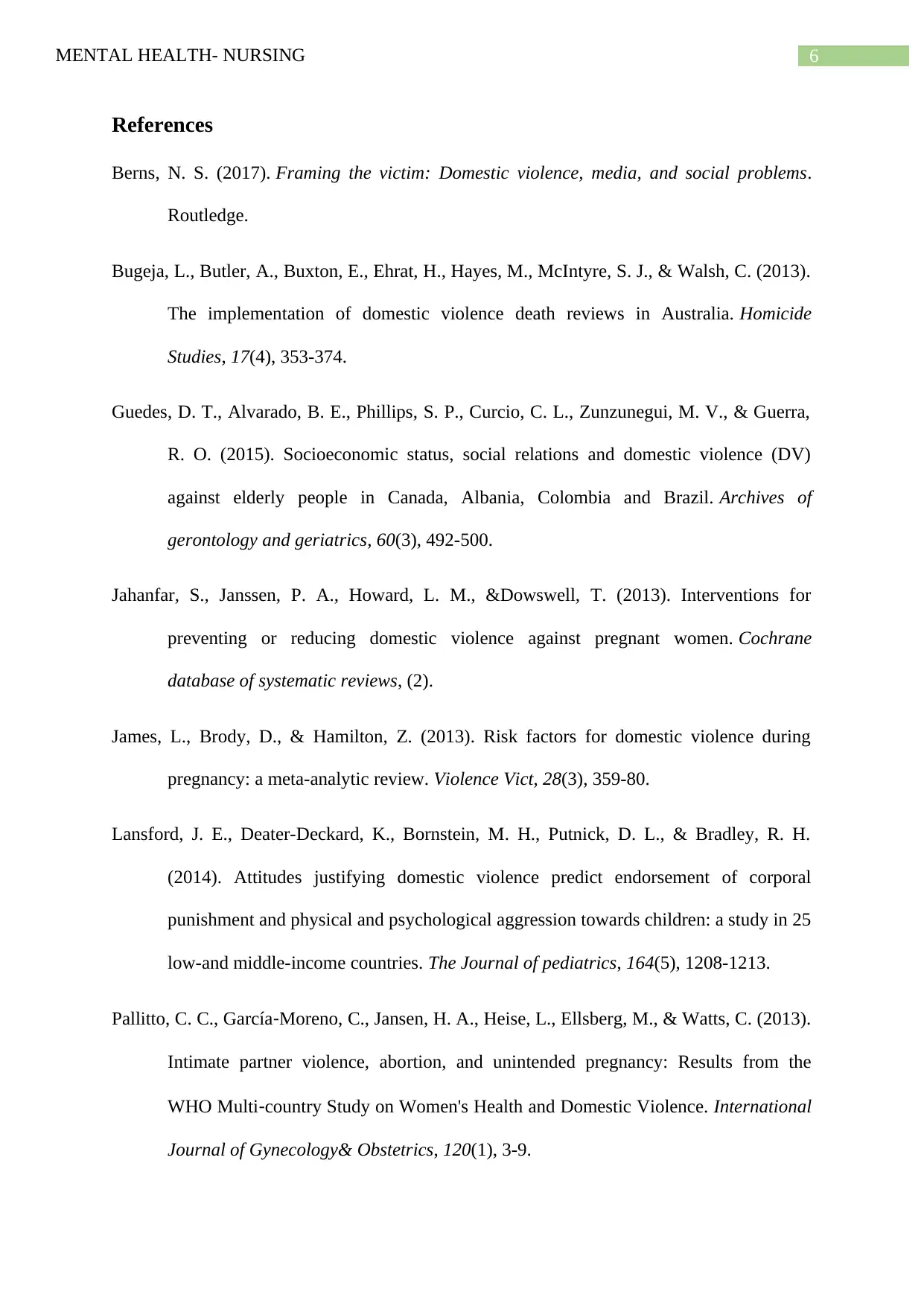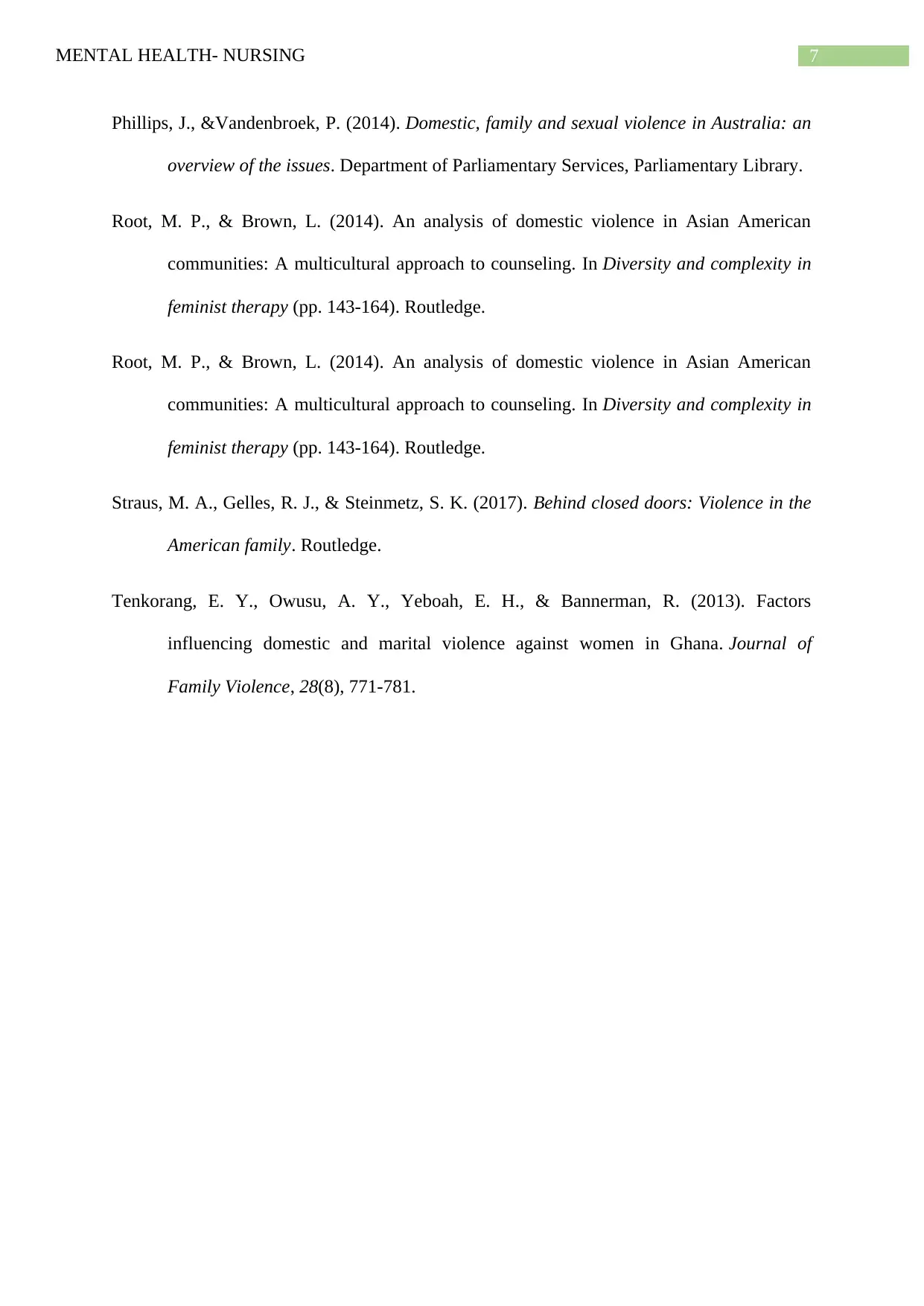This paper aims to illustrate the factors associated with the incidence of domestic violence and the effect it has on the victims. Along with the victims, the paper also discusses domestic violence from the perspective of the perpetuators. The socio-economic factors play a pivotal role in the occurrences of domestic violence. Psychological factors contribute majorly to the occurrence of domestic violence. In terms of the perpetrators of domestic violence, the existence of domestic violence between the intimate partners is often related to the psychological perspectives. The victims of domestic violence are found in all strata of the community; it might be within the lower economic or uneducated classes or might be amongst the wealthy and the educated people.
![[object Object]](/_next/static/media/star-bottom.7253800d.svg)
![[object Object]](/_next/static/media/star-bottom.7253800d.svg)
